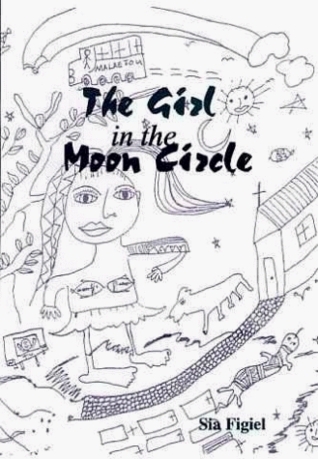What do you think?
Rate this book


The Girl in the Moon Circle, like the cover drawing, shows Samoan life through the eyes of a ten-year-old girl called Samoana. Though young, Samoana is perceptive, not much escapes her analysis. She tells us about school, church, friends, family violence, having refrigerators and television for the first time, Chunky cat food, a Made-in-Taiwan Jesus, pay day, cricket, crushes on boys, incest, legends and many other things. Her observations offer a compelling look at Samoan society. Often fiction allows authors to tell truths that otherwise would be too painful; Sia Figiel is uninhibited. Her prose, in English and Samoan, hurtles readers toward the end of the book. Sia Figiel, herself, has mesmerized audiences around the Pacific Islands with readings from The Girl in the Moon Circle.
134 pages, Paperback
First published January 1, 1929